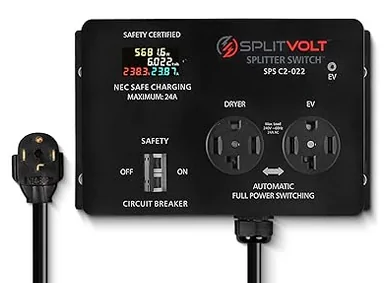KevinRS
Well-Known Member
- First Name
- Kevin
- Joined
- Jul 4, 2025
- Threads
- 2
- Messages
- 514
- Reaction score
- 658
- Location
- California
- Vehicles
- Nissan Versa
So far answers from slate are that it will come with only a 120 v charger. Someone should ask for clarification, showing this page with the conflicting information. If it is only a 120v charger, they need to search their pages in depth to correct.I believe it will be a dual voltage charger. The new Ioniq 5s & EV6s now come with a similar one. We got a dual voltage charger with our ID.4 from the VW dealer, though it was not a VW specific charger.
One big issue is an "appliance outlet" is highly unlikely to be rated and made for continuous use, or plugging/unplugging more than a handful of times in it's lifetime. This is the reason there are lots of stories with photos of burned up outlets.




